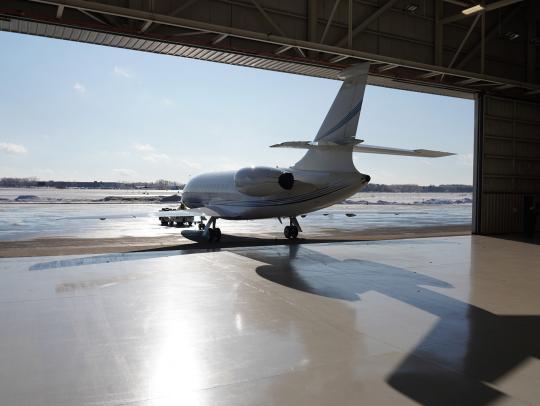How millennials are changing the airline industry

Millennials are having an enormous impact on the way the airline industry thinks about connectivity. This article will explore new passenger expectations and the massive inflight connectivity growth potential that exists for telcos, airlines, and airline service providers.
The millennial generation is the driving force behind a new trend that is impacting the business strategies of telcos, airlines, and airline service providers. Millennials’ expectation for immediate and seamless high-speed internet connectivity has expanded to travel, and passengers now expect inflight connectivity as part of a premium flying experience. This article will explore inflight connectivity (IFC) trends and growth potential, SES solutions, and how IFC can open up substantial revenue streams for companies seeking to enter and gain traction in this burgeoning space.
IFC trends and growth potential
The opportunity in the IFC space has been driven primarily by the widespread proliferation of wireless devices, an increase in air passenger traffic, and new consumer expectations about what air travel should look like. When flying, passengers — especially millennials — want to be able to surf the internet and stream online videos throughout their entire flight. 88% of passengers say IFC improves their flight experience, and with annual air traffic expected to double to 7.8 million passengers by 2036, the market opportunity is clear. Between 2018 and 2020, annual revenue from IFC is expected to rise from $1 billion to $2.4 billion.
Companies seeking to expand revenue streams are moving into the IFC space, realizing that adapting to this market shift is essential in the age of digital transformation and disruption. The number of commercial planes offering IFC is expected to rise from 7,400 in 2017 to 23,000 by 2027. With increased IFC offerings, airlines can jumpstart new revenue streams as well as glean data points from passengers to improve customer service and the user experience, increasing brand loyalty in an extremely competitive market environment. And the opportunity is global: it is estimated that there will be 517 million passengers in the Middle East by 2036 — the second fastest growing region in the world — and growth of IFC-capable planes in the Middle East and Africa is expected to grow by 13 percent annually.
SES capabilities in the IFC market
More than 50 percent of all satellite-enabled aircraft operate via SES connectivity solutions. With a satellite fleet that covers nearly all of the 50,000 air travel routes, SES is extremely well positioned to provide the global infrastructure and bandwidth required for airlines to meet the growing passenger demand for IFC. SES is already leading in this space, serving as the dominant provider of satellite capacity to Panasonic Avionics, Gogo, Global Eagle, and Thales Avionics — four of the top global airline service providers.
SES has a multi-band, multi-orbit satellite network — including High Throughput Satellites (HTS) capable of delivering enormous data streams to enhance the passenger experience — that offers global coverage specially tailored for IFC applications along the most popular airline routes in the world. And SES technology is future-proof, employing an open architecture capable of supporting new technology and upgrades. With SES solutions, airlines are able to offer an unparalleled inflight experience to passengers seeking to consume content on their personal devices throughout the duration of the flight.
Unlocking new revenue streams
SES technology empowers telcos, airlines, and airline service providers with the tools to drive global growth as well as expand revenue streams; for example, airlines and telco companies can partner to bundle IFC with existing data plans and offer complimentary broadband to passengers via advertising. Offering comprehensive IFC increases customer loyalty and draws in new customers, supporting existing growth as well as opening up sustainable revenue streams. By working with leading global airline service providers, SES has established a powerful connectivity infrastructure that enables companies to take full advantage of IFC.
With expectations for the airline experience rapidly changing, companies have already begun adapting to meet passenger IFC demands that offer enormous growth potential. To do so, companies can partner with SES for a competitive advantage over others that don’t have access to such an extensive and reliable satellite network. SES capabilities provide sustainable revenue options, both now and in the future.

